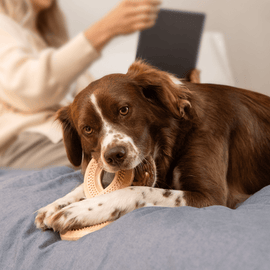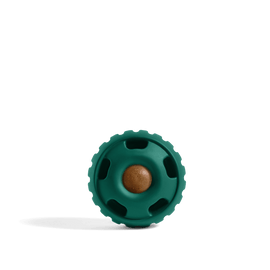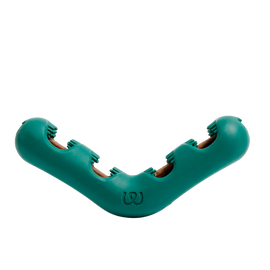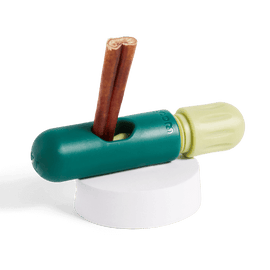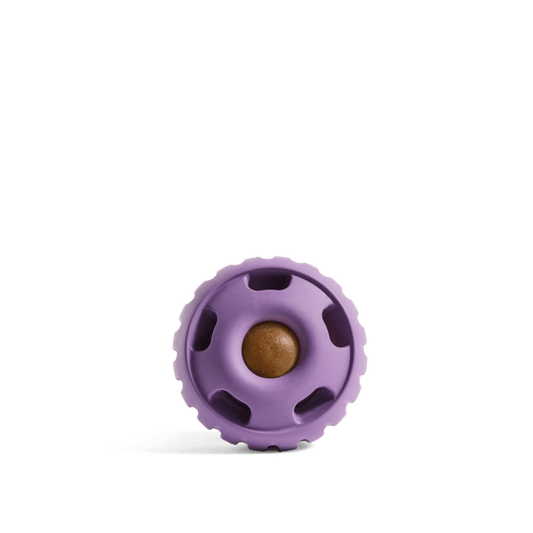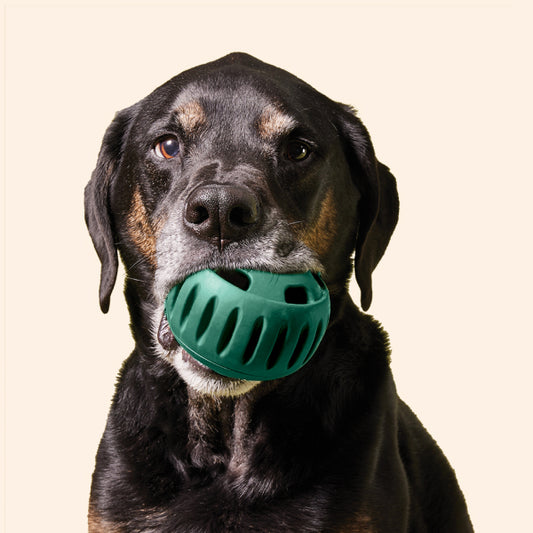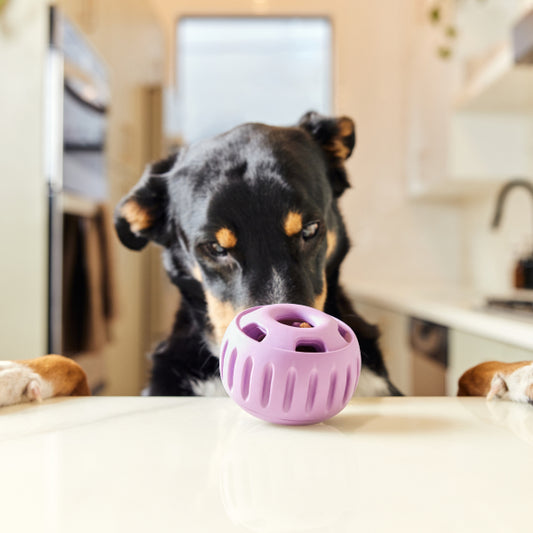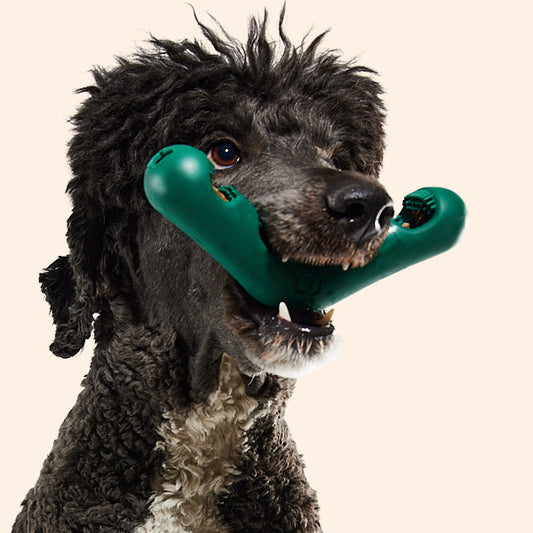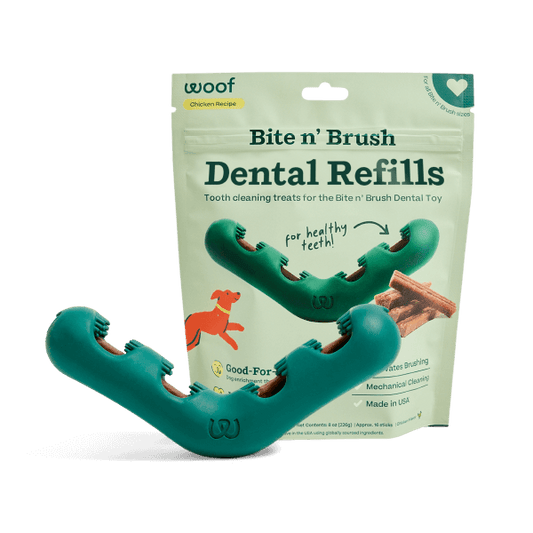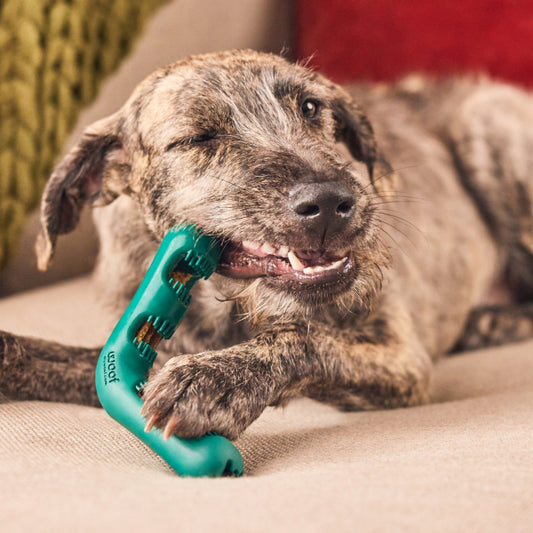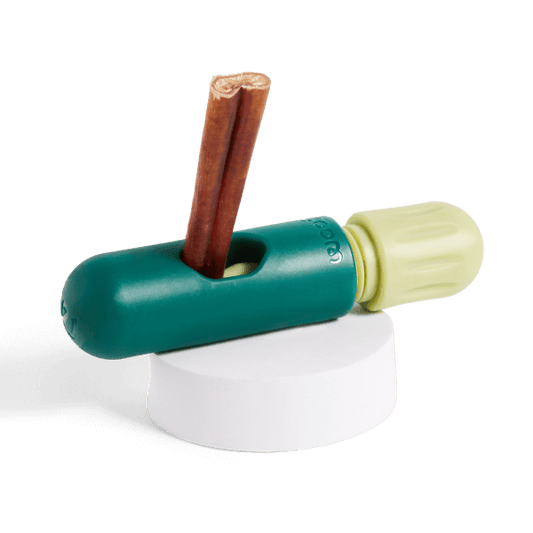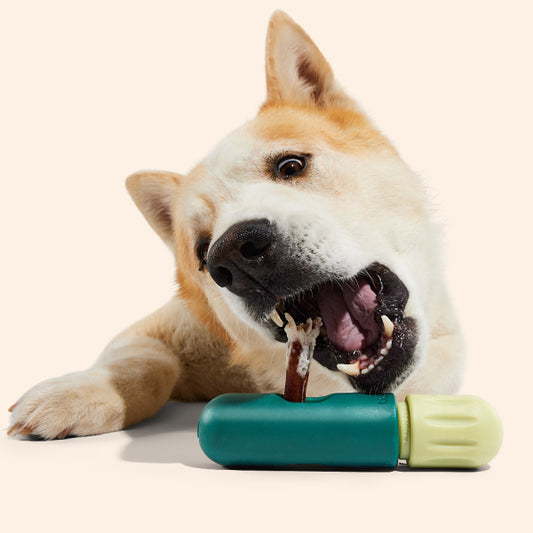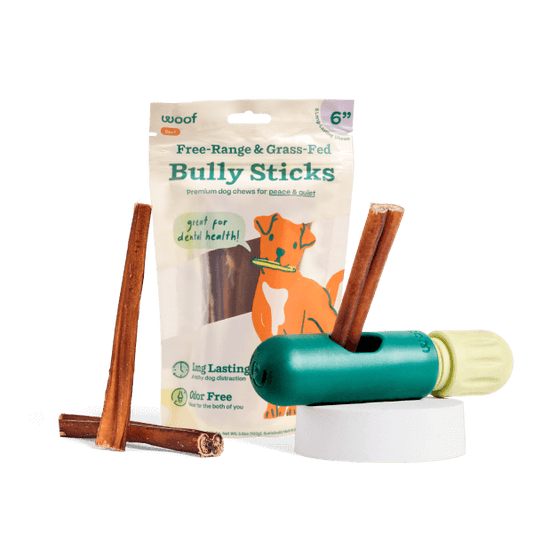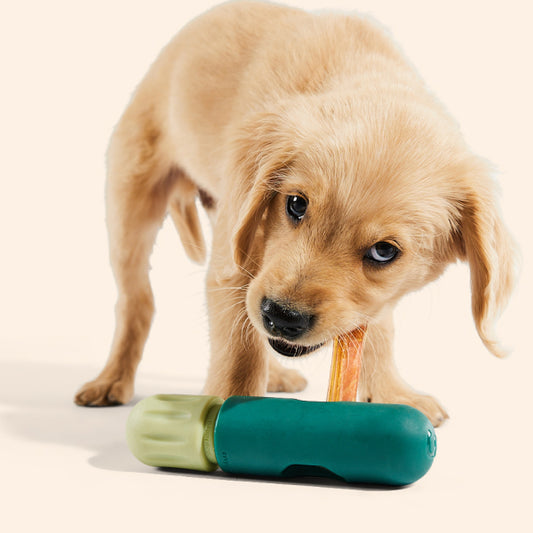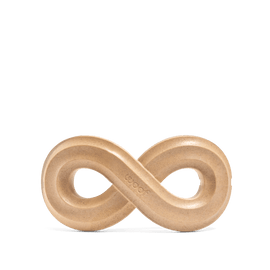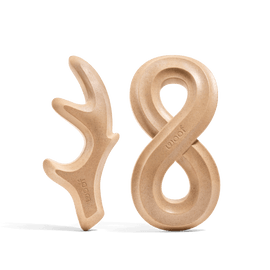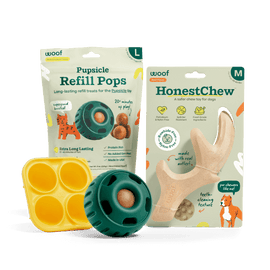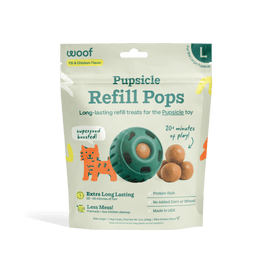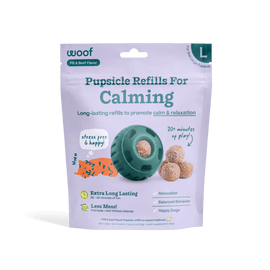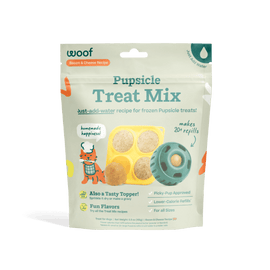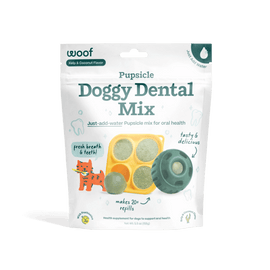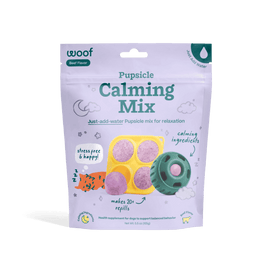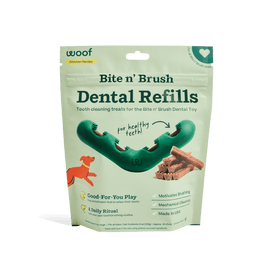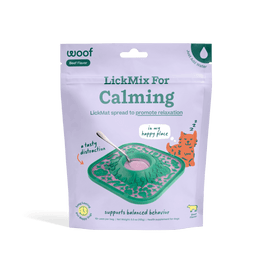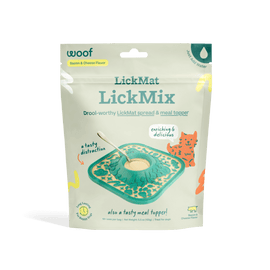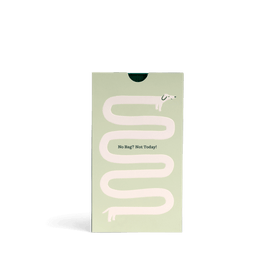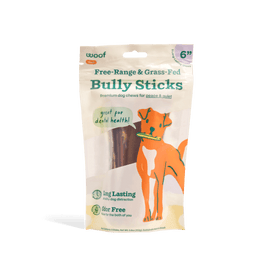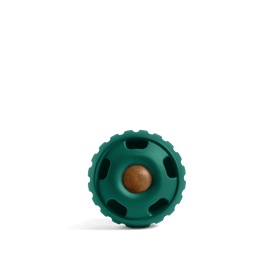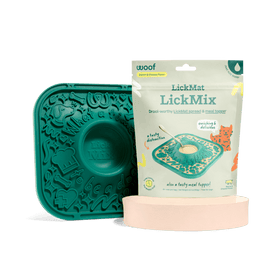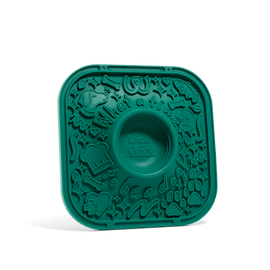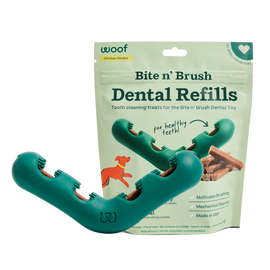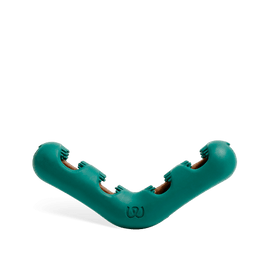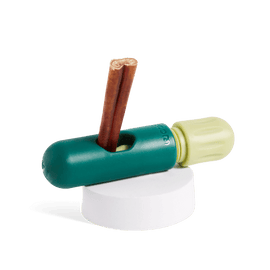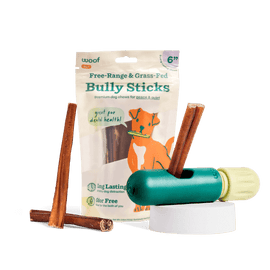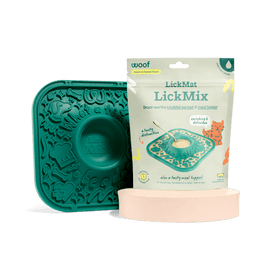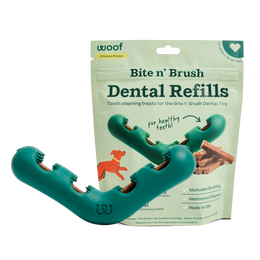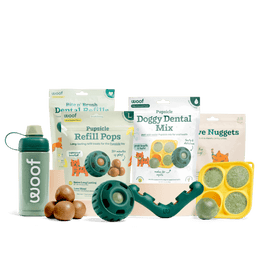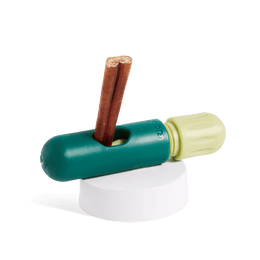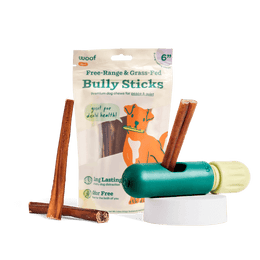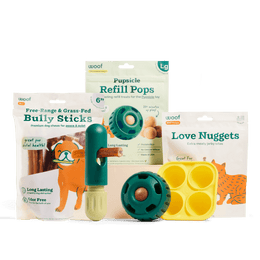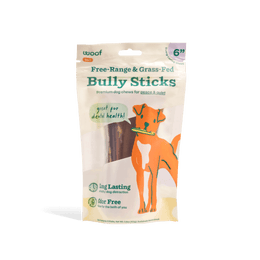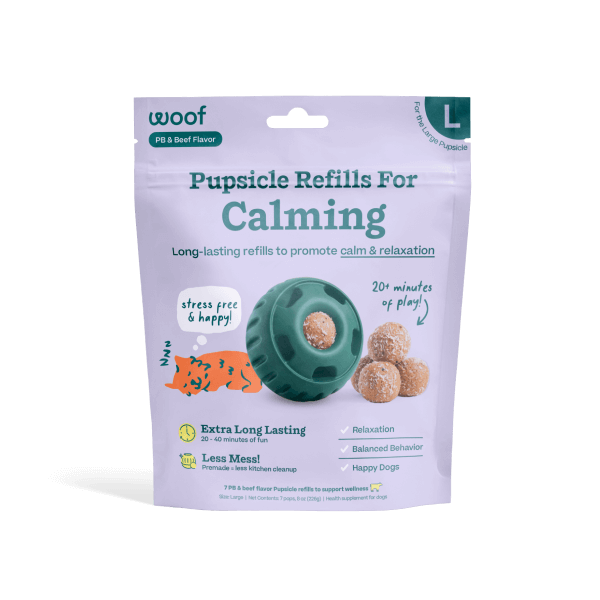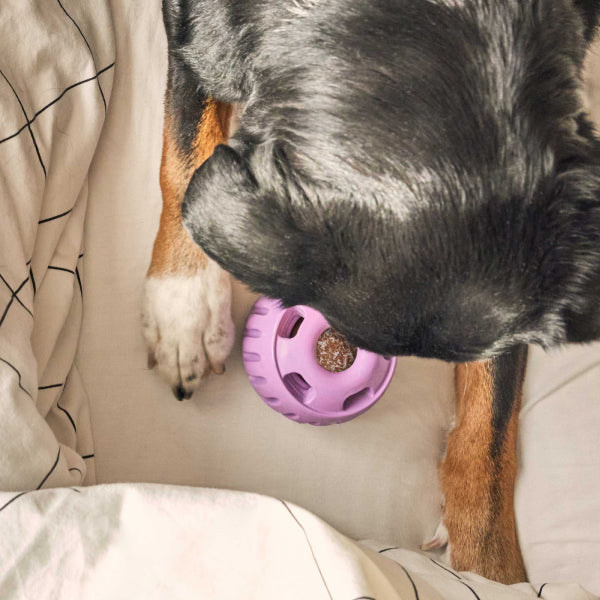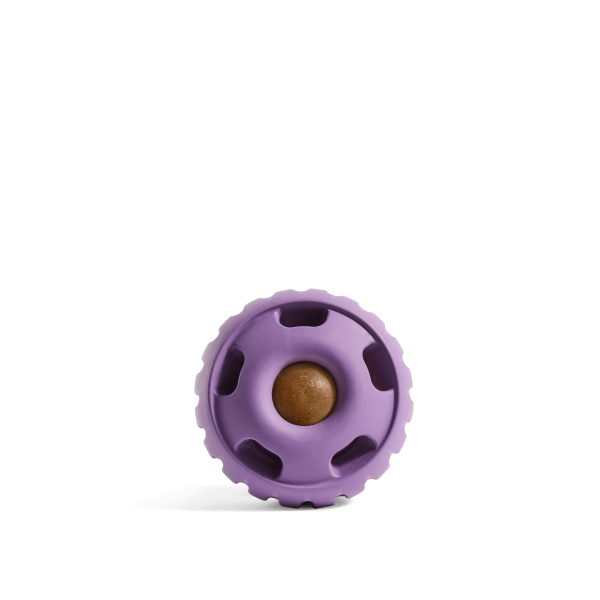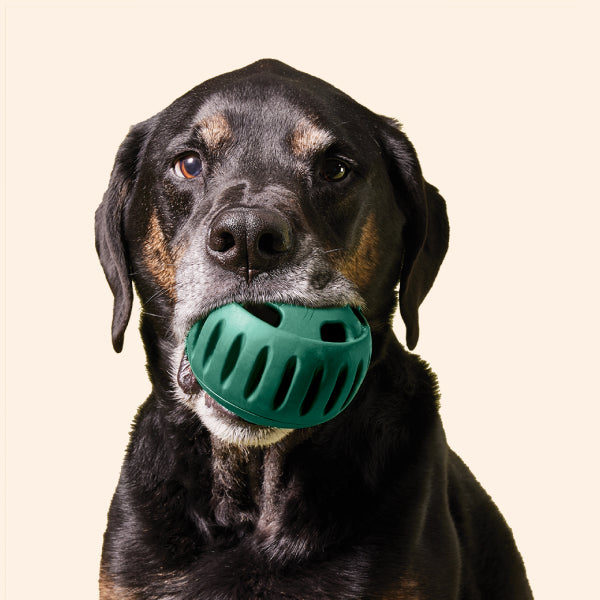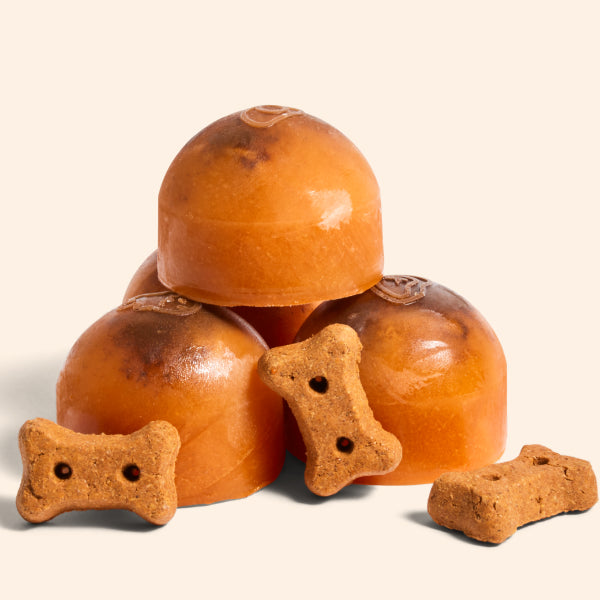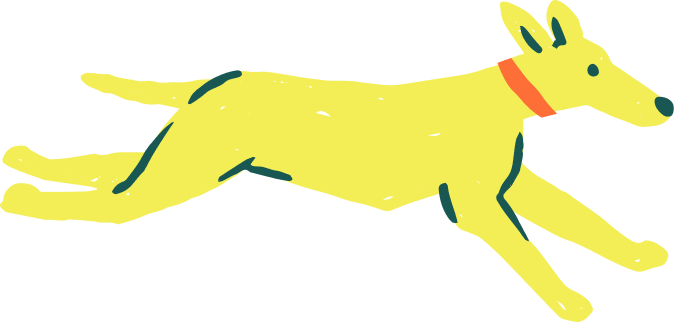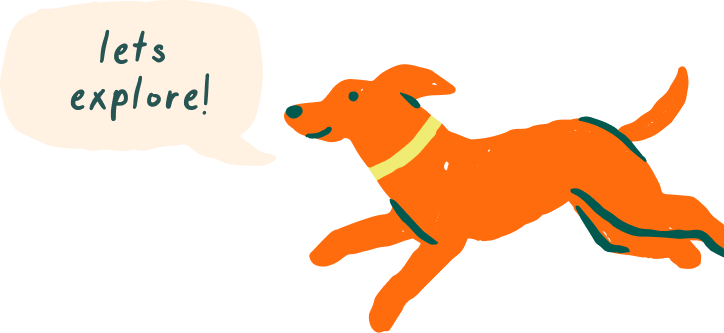
Calming Wellness Pops can be a game-changer for pups struggling with compulsive behaviors. Ever caught your dog spinning in circles or licking the same spot endlessly? While some quirky habits are harmless, others may signal deeper issues. Understanding these behaviors is crucial for ensuring your furry friend's well-being.
Dogs, much like humans, can develop compulsive behaviors that interfere with their daily lives. Recognizing these signs early can help in managing and mitigating potential problems.
Common Compulsive Behaviors in Dogs
Compulsive behaviors in dogs often manifest as repetitive actions that seem out of context or excessive. Some prevalent examples include:
- Tail Chasing: While playful in puppies, persistent tail chasing in adult dogs can indicate underlying issues.
- Excessive Licking: Constant licking of paws or other objects may lead to skin irritations or infections.
- Fly Snapping: Dogs may snap at the air as if chasing invisible flies, a behavior that can be both puzzling and concerning.
- Shadow or Light Chasing: Obsessively chasing shadows or lights can disrupt a dog's normal activities.
- Pacing or Circling: Repetitive pacing or circling, especially in confined spaces, may be a sign of anxiety or stress.
- Vocalizations: Incessant barking or whining without an apparent cause can be a manifestation of compulsive behavior.
Understanding the Causes
Several factors can contribute to the development of compulsive behaviors in dogs:
- Stress and Anxiety: Changes in environment, separation from owners, or lack of socialization can lead to stress-induced behaviors.
- Boredom: Dogs left alone for extended periods without stimulation may develop repetitive behaviors as a coping mechanism.
- Genetic Predisposition: Certain breeds are more prone to developing compulsive behaviors due to their genetic makeup.
- Medical Issues: Underlying health problems, such as neurological disorders or skin conditions, can manifest as compulsive actions.
Managing and Mitigating Compulsive Behaviors
Addressing compulsive behaviors involves a combination of environmental enrichment, behavioral training, and, in some cases, medical intervention:
- Provide Mental and Physical Stimulation: Engage your dog with interactive toys like The Pupsicle and Pupsicle Treat Tray to keep them occupied.
- Establish a Routine: Consistent feeding, walking, and playtimes can provide a sense of security and reduce anxiety.
- Positive Reinforcement Training: Reward desired behaviors to encourage their recurrence and discourage unwanted actions.
- Consult a Veterinarian: If behaviors persist, seek professional advice to rule out medical causes and discuss potential treatments.
- Consider Calming Products: Supplements like Calming Wellness Pops can aid in reducing anxiety and promoting relaxation.
When to Seek Professional Help
If your dog's compulsive behaviors intensify or begin to interfere with their quality of life, it's essential to consult with a veterinarian or a certified animal behaviorist. Early intervention can prevent the escalation of these behaviors and improve your dog's overall well-being.
Remember, understanding and patience are key. With the right approach and resources, you can help your furry friend lead a happier, healthier life.
